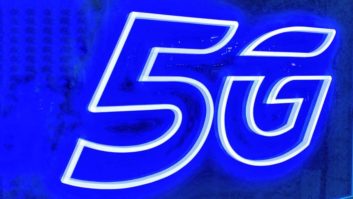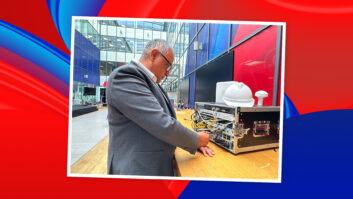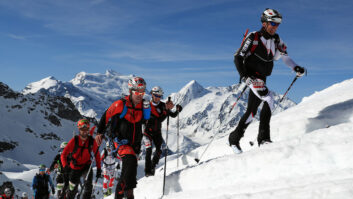Italy’s TIM, Ericsson and Qualcomm have broken the 2Gps speed barrier on a 5G live commercial network, which they say is a European record.
The connection was completed on a 26 Gigahertz (GHz) millimetre-wave (mmWave) frequency.
According to Ericsson, 5G performance will improve significantly throughout 2020 as the network will be able to use up to 800 MHz and afterwards up to 1000 MHz, “moving the world closer to new Industry 4.0 scenarios with exceptionally fast services, extremely low latency and high levels of security and reliability.”
“This milestone paves the way to the development of new 5G solutions to grant fixed ultrabroadband to families, companies and public authorities not yet covered,” said Michele Gamberini, TIM’s chief technology and information officer. “This also includes coverage dedicated to the development of robotics and automation digital services in the smart manufacturing area. All of our customers will therefore be able to take advantage of a wide range of integrated solutions that will allow them to fully enter the digital society.”
“We are extremely pleased that TIM has chosen Ericsson’s 5G technology to achieve this important milestone, placing our country at the forefront of the commercial implementation of the fifth generation of mobile networks,” said Emanuele Iannetti, country manager at Ericsson Italy. “Ericsson thus confirms its technological leadership and its readiness to anticipate any market demands.”
“Qualcomm Technologies congratulates TIM on this significant milestone which again demonstrates the potential of 5G mmWave technology and shows how operators are able to use a wide range of spectrum bands to deploy 5G,” added Enrico Salvatori, president, Qualcomm EMEA. “2020 will see a significant expansion in 5G coverage and the use of mmWave bands will play a clear role in the build-out.”







